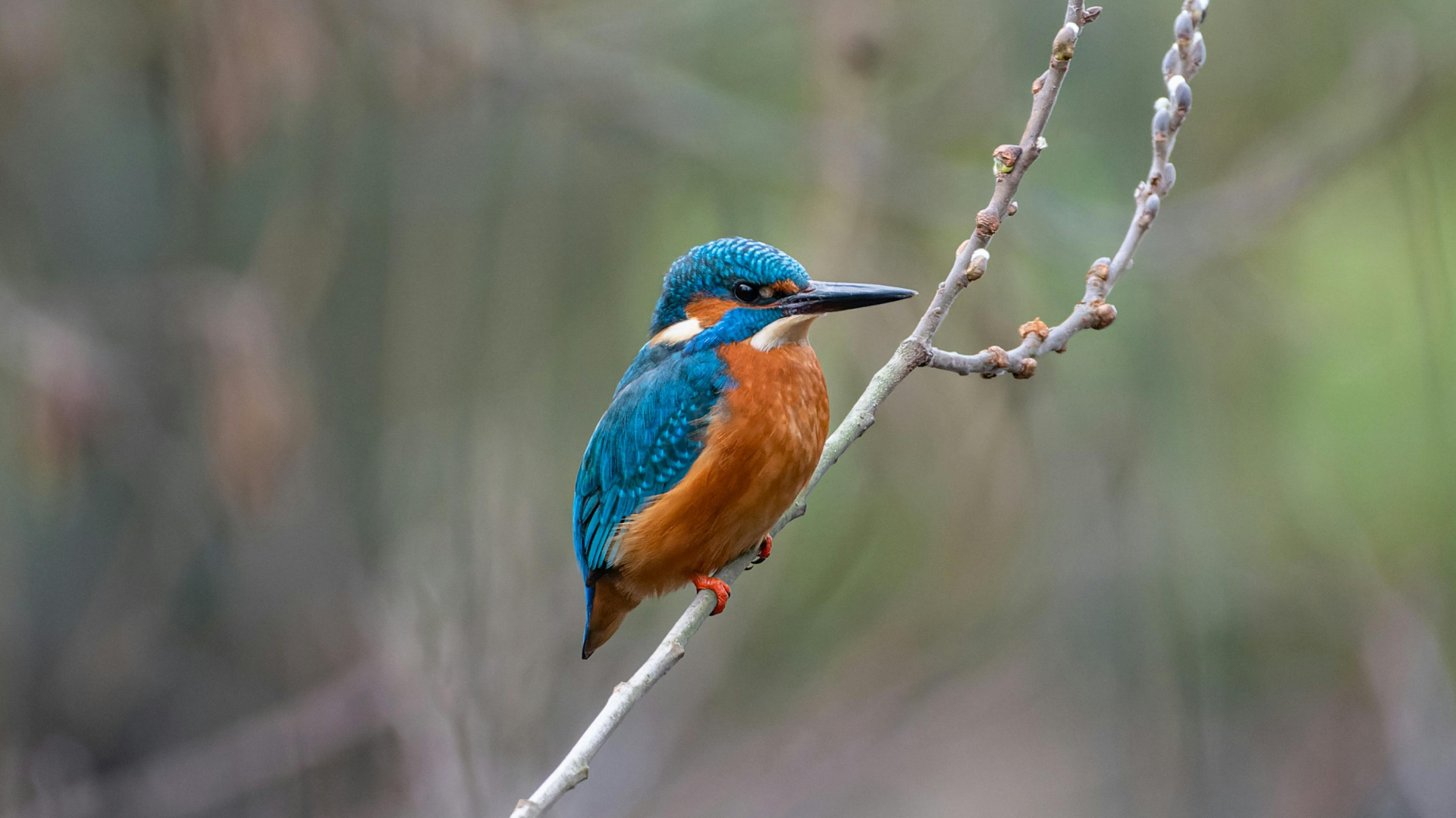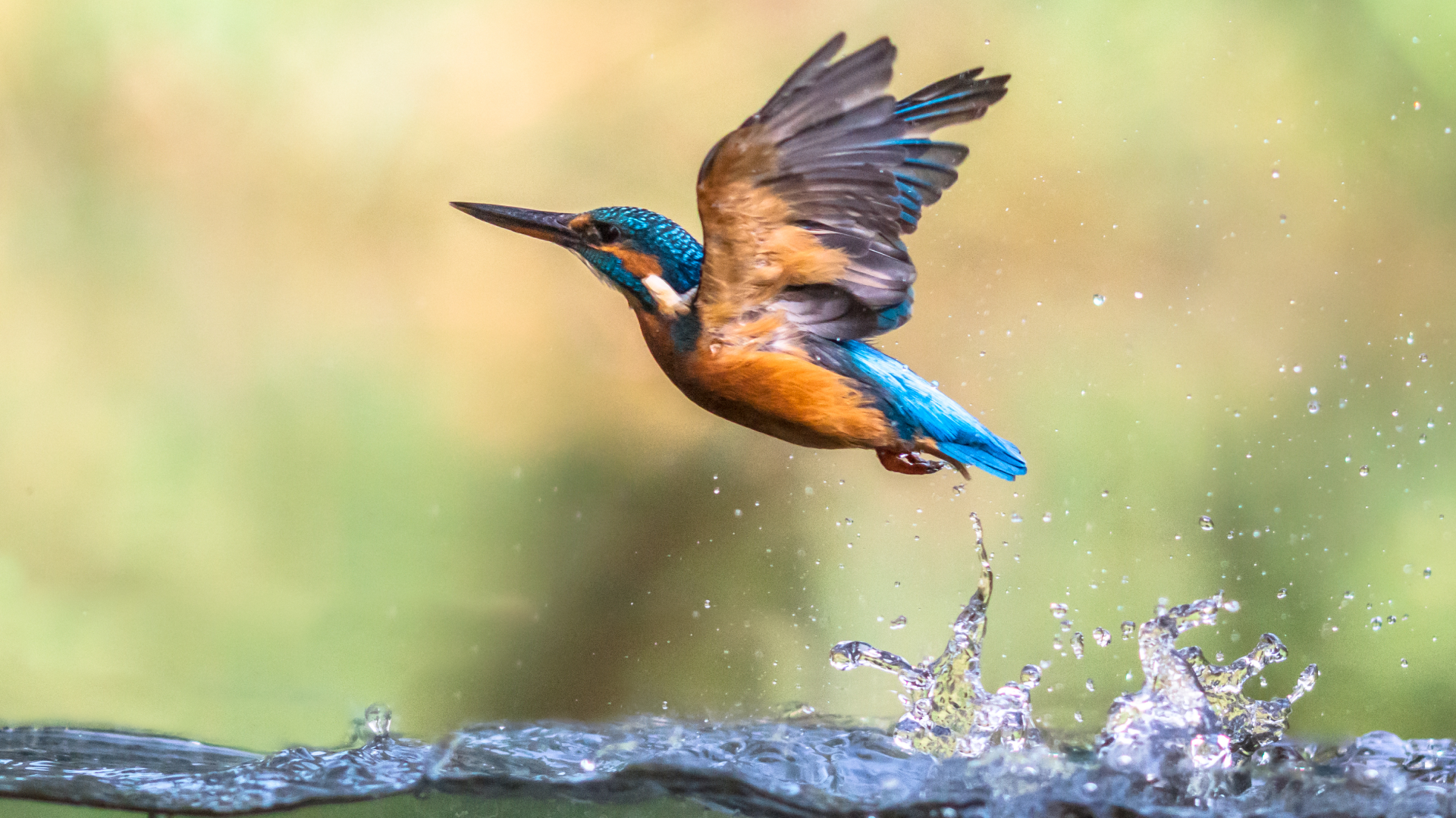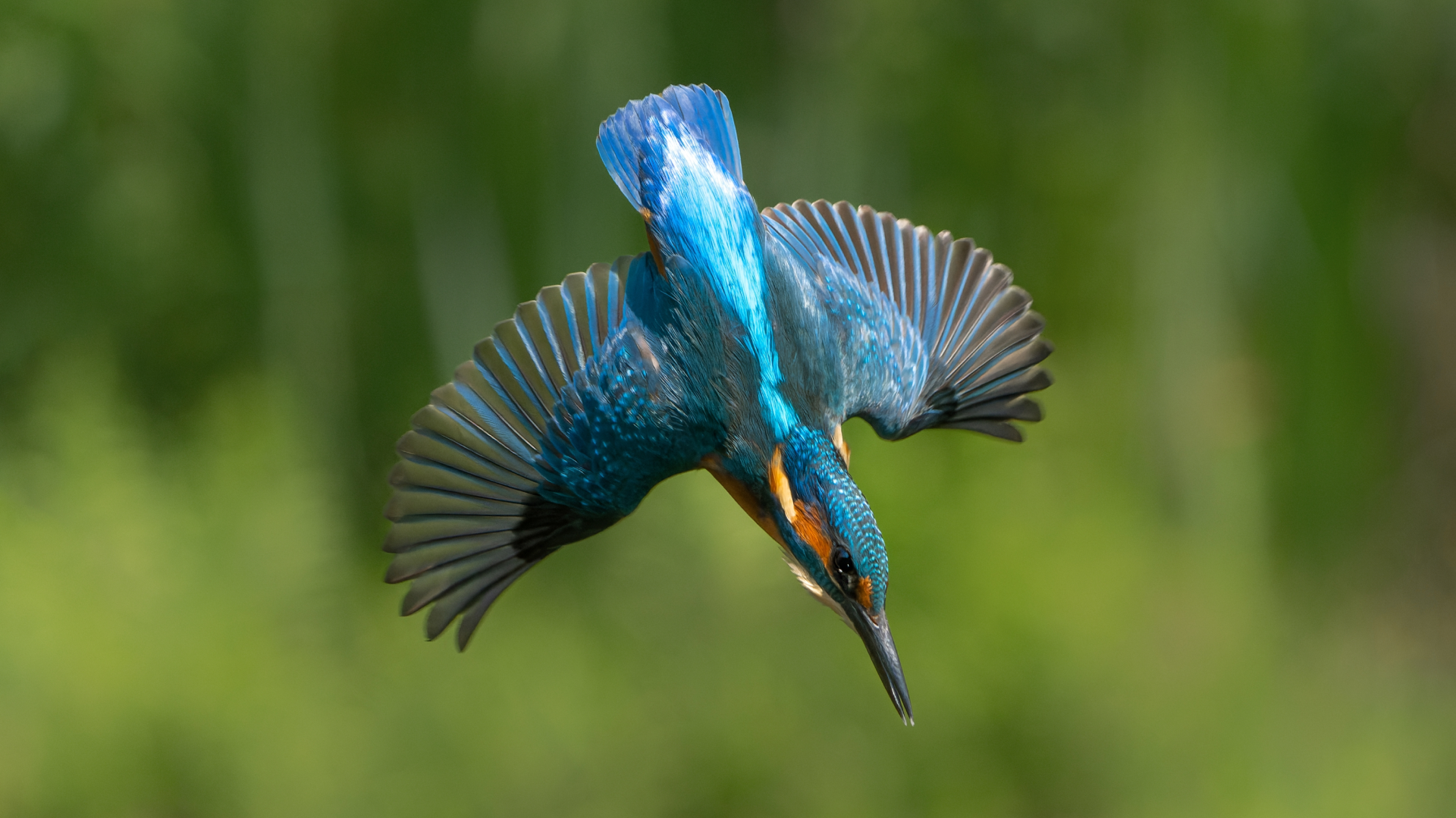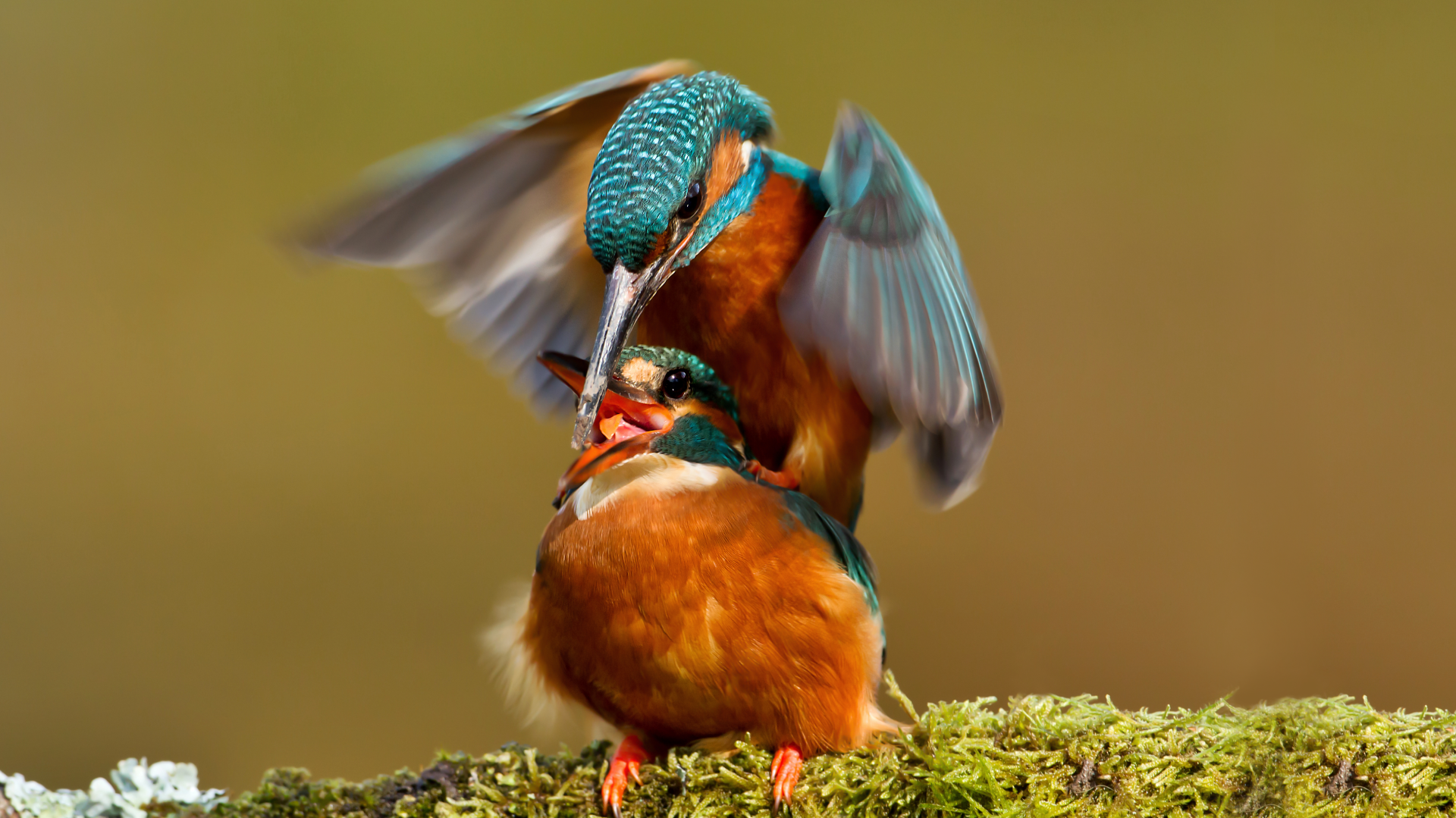A large territory for such a small bird
Despite being only 18 centimetres long, the river kingfisher can cover a territory of up to one and a half kilometres of river. Known to be a solitary and very territorial bird, it strives to protect its spacious terrain seeking abundant food, safety and quality in its nesting site.
When fighting over territory, fights can be deadly. High-speed aerial chases, beak fights, and attempts to drown their opponents characterise the river kingfisher fights.
A pause in hostilities
The mating season of the kingfisher starts in April and ends at the end of July. During this period, hostilities between the sexes are limited. In order to mate, the male tends to offer a fresh fish to the female. A detail worth mentioning is the care how the male turns the fish head towards the female beak.
When fellow birds occupy contiguous territories, temporary territorial unification may occur. This bird’s nest is dug by both, usually near the bank of a river and usually in earth barriers or bank slopes. The nests consist of a tunnel of about 60 to 90 centimetres leading to a chamber where the eggs will be. Building a nest can take 14 days of the couple’s time.
River kingfishers strive to place the nest high enough to avoid occasional flooding. The excavation also includes the right sloping to prevent the eggs from rolling out of the nest.
Eggs are hatched three weeks after being laid. After birth, chicks remain in the nest for 3 to 4 weeks. During this period, both relatives hunt to feed their chicks and may take 50 to 70 fish everyday to the nest. As they do not ingest them, river kingfishers usually accumulate large amounts of fish bones in their nests.
Their litters produce about four eggs at a time and often raise three litters during the mating period. Given its prolific reproduction, the Red Book of Vertebrates of Portugal classified this species as Least Concern species regarding the risk of extinction.
Nevertheless, threats to river kingfishers have been growing as result of increase in water pollution and eventual contamination and reduction of their food resources. Tourism, hunting and sport fishing have also contributed to the disturbance of nesting and feeding areas for river kingfishers.






